How These 10 Popular Car Manufacturers Got Their Names

Mercedes-Benz

Half of this name is fairly obvious: its founder, Karl Benz, lent his last name to the company he founded with his wife Bertha in 1883. But originally the company was called Benz & Cie, so where did ‘Mercedes’ come from?
Separately from Benz, but during a very similar time frame, another German chap by the name of Gottlieb Daimler began producing cars under the moniker Daimler-Moteren-Gesellschaft (DMG).
In 1897, an Austrian businessman named Emil Jellinek became one of the first Daimler customers, and began a long relationship between him and the company. Jellinek pushed Daimler to build better, faster cars that he could sell, and eventually turned his attention to motor racing where he would race under the pseudonym ‘Mercedes’, which was the name of his daughter. In 1900 the first ‘Daimler-Mercedes’ was created, a 35bhp race car that was built in collaboration with Jellinek to dominate the 1901 Nice Week. It was virtually unstoppable, driving sales of the car and cementing the Mercedes name.
After the First World War, DMG and Benz & Cie staved off economic ruin by creating a syndicate, and in 1926 the pair merged to create Daimler-Benz AG, with the new company’s logo using Daimler’s trade name ‘Mercedes’.
Now, Daimler AG is the automotive corporation that owns multiple companies, including Mercedes-Benz.
Audi
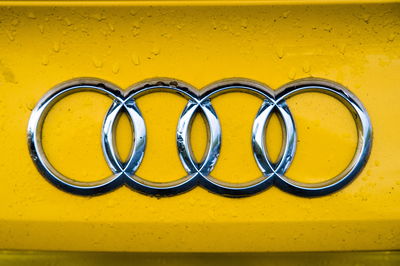
Audi’s founder went by the name of August Horch. He’d been working under Karl Benz, but in 1899 broke off to do his own thing. He started a company called A. Horch & Cie. Motorwagen Werke, but after a decade he broke away after falling out with his business partners.
He started a new automotive company in Zwickau, Germany, however his name was already taken and trademarked by his previous company. The solution? Horch (which means ‘listen’ or more literally ‘hark’ when translated into English) chose the Latin translation of his name, which is ‘Audi.’
The four-ringed logo comes from the 1932 merger of four German car makers, Audi, Horch, DKW and Wanderer, to form Auto Union. After World War Two, Auto Union was disbanded, but eventually grew again out of a replacement parts depot in Ingolstadt, Germany. In 1958, an entrepreneur called Friedrich Flick joined forces with Daimler AG to purchase Auto Union, before Volkswagen bought control of the company in 1964. To herald the new era of automobiles from the company, VW decided to ditch the Auto Union name, and went with ‘Audi’, while retaining the four rings symbol.
Alfa Romeo
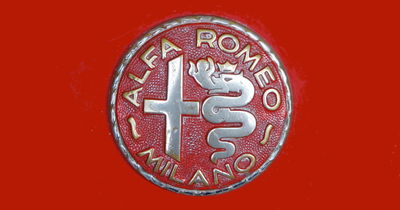
The Italian manufacturer started life in 1910 as Anonima Lombarda Fabbrica Automobil (Anonymous Lombard Automobile Factory), or A.L.F.A. as it was more commonly known. Within a year, Alfas were racing, but in 1915 the company was bought by a man called Nicola Romeo, who converted its factories to produce military hardware for the Allied efforts in World War One.
The war ended in 1918, and the factories turned their attention back to road cars. To mark the new era of automobiles, a new name was needed, and so, in 1920, Nicola Romeo lent his surname to the company, and Alfa Romeo was born.
Volkswagen
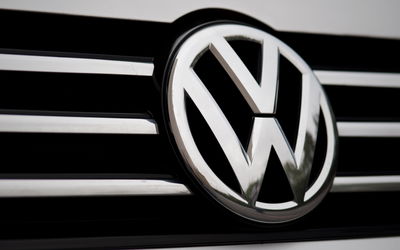
The story behind Volkswagen’s inception is pretty well known, but what you non-German speakers may not realise is that Volks-wagen literally translates as ‘people’s car’. In fact, before the Nazis took hold, the word ‘volkswagen’ was simply used to describe an affordable car.
The story began when Adolf Hitler ordered the creation of a car that ordinary people could afford, which was known as the people’s car. Many companies were working on their own variations, but the Beetle design ultimately won through under Hitler, and when it came time to actually build the car, a factory was created in what we now know as Wolfsburg. Then World War Two broke out and put a stop to this Nazi people’s car programme, with the factory concentrating on war efforts.
With the war over, Hitler dead, the Nazis out of the picture and the British in control of Wolfsburg, the old factory was put back to good use. It was eventually handed back to the German government, which was when it took the Volkswagen name we now know.
Aston Martin
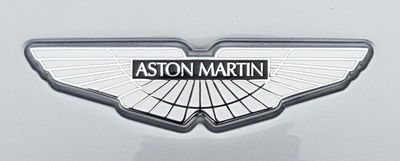
Bamford & Martin Ltd was founded in 1913 by Robert Bamford and Lionel Martin. The name didn’t stick for long, though, with ‘Aston’ being taken after Martin’s successful run up the Aston Hill Climb in 1914. Within a year the first Aston Martin had been sold.
Volvo
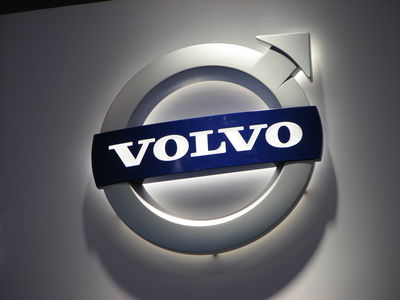
Like Audi, Volvo gets its name from a Latin translation. It was started by Swedish ball bearing company Svenska Kullagerfabriken (SKF), which wanted to get into the automotive industry. A new company name was needed, with VOLVO (in all capitals) being submitted to the Swedish trademark office in 1915.
The word was chosen as it is the Latin translation of ‘I roll’, which gave a symbolic nod to the company’s ball bearing operation.
Toyota
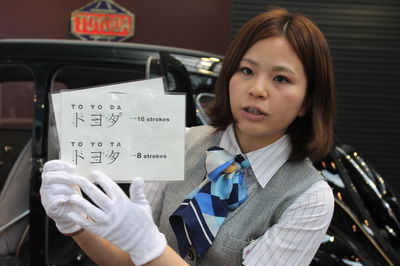
As with most manufacturers, Toyota gets its name from its founder, in this case Kiichiro Toyoda. But why Toyota, not Toyoda? Well, originally the company traded under the name Toyoda Industries, and this was the case when the automotive division began in 1933.
However, the company began exporting to the US more and more, and wanted an emblem that worked in both Japanese and English. A competition was started to design a new logo, to which 27,000 entries were received. The winning design went with Toyota rather than Toyoda. The reasoning behind this decision was that it took eight brush strokes in the Japanese katakana language, rather than the 10 of Toyoda - eight is a lucky number in Japan.
Nissan
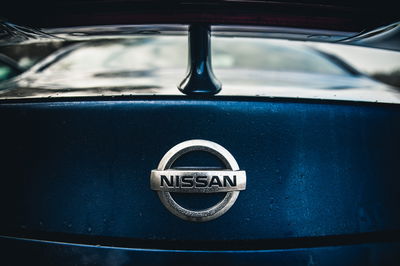
Nissan started out in 1914 as DAT Motorcar, using the first initials of the three founders’ names. Elsewhere, in 1928, a businessman named Yoshisuke Aikawa created a company called Nippon Sangyo. In 1931, Aikawa bought out DAT Motorcar, and over time the Nippon Sangyo name became abbreviated to Nissan.
Mazda
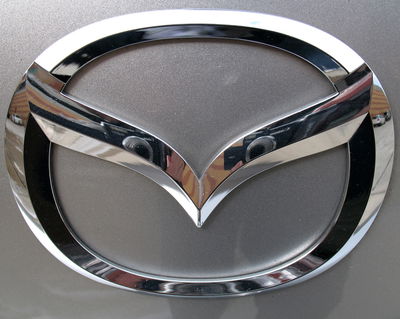
Mazda didn’t go for the simple approach of taking its name from its founder or going for the rather obvious alternative of a Latin translation. Instead, it gets its name from Ahura Mazda, a god of one of the earliest civilisations in western Asia, which symbolised wisdom, intelligence and harmony. According to Mazda, “it incorporates a desire to achieve world peace”, which seems like a noble goal for a company that makes cars…
Skoda
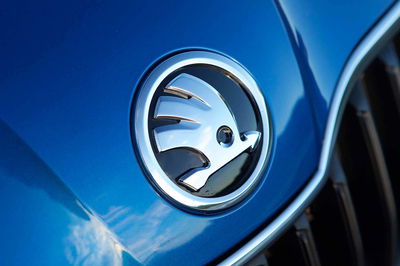
I’ve avoided listing manufacturers here that solely took their names from their founders, because that’s boring (and is why there aren’t any American companies on this list, you can blame Mr. Ford, Mr. Buick, and the Dodge brothers for that). The one exception is Skoda, which got its name from its founder Emil Skoda.
So why does it still make the list? Well because the word ‘skoda’ means ‘damage’ or ‘harm’ in Czech, its home language…













Comments
The Škoda has more meanings, for example - It is a PITY - To je ŠKODA.
Actually, what most people don’t know, is that Volkswagen started out as KDF. Which stands for “Kraft Durch Freude”, translated in English it means “Workmanship Through Joy”.
This was Hitlers idea, however due to the bad publicity, and a rather lousy name they renamed it to the “Peoples Car” or as everyone knows “Volkswagen”
*Workmanship must be Craftsmanship :p
Emil Skoda is not founder of Skoda Auto factory which is based in Mlada Boleslav. Emil Skoda is founder of Skoda factory based in another Czech city - Pilsen/Plzeň. Skoda factory makes trams and so on, but NOT cars!!
Orifinal founders of Skoda Auto manufacture were two guys - Laurin & Klement and their cars which they produced were called Laurin & Klement too. But in 1925 was Laurin & Klement factory connected with Skoda factory from Pilsen together. This happend because of money. And there Laurin & Klement and Emil Skoda invented new name for Laurin & Klement´s cars - SKODA.
Nowdays have Skoda auto and Skoda in Pilsen nothing incommon. Pilsens´s Skoda manufactures trams and Skoda auto based in Mlada Boleslav manufactures cars.
I hope you guys now understand how it was in past :D I´m from Czech Republic so I apologize for my bad english :D
Pravdu máš bratře :D
Btw yea its true i am from Mlada Boleslav… and full name its called Škoda Auto ( Skoda Auto) … :D not just Skoda
Well from my understanding, Laurin & Klement was the original car company, but when they ran into financial difficulties Emil Skoda bought them out under his own company (which mostly made arms but did dabble in cars) and used their production line to make cars under his name. So although the original company was Laurin & Klement, Emil Skoda made the roots of the company as it is today.
I was just about to say the exact same thing! 😂
Tak tak, pravda.
Výborně!
Is it a bird? No its a Mazda!
Well thats what you get when you buy Skoda
Get what? A cheaper, bigger, more fun to drive Volkswagen?
Just noticed that you can make the word Mercedes out of Daimler-Moteren-Gesellschaft
audi actually means I hear in latin
With audit being you listen and audis being he/she/it listens
Don’t say latin gcse is pointless
btw Škoda means the same in Slovak language. Czech and Slovak language is very similar :D
Skoda <3
I love these posts.
Pagination